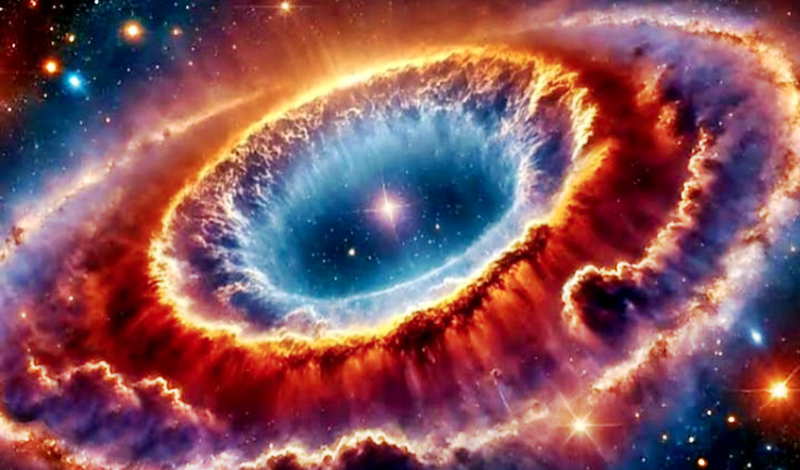Astronomers recently made a groundbreaking discovery involving the Local Hot Bubble (LHB)

By FB- Human Synthesis-14 November 2024.
A unique, low-density, high-temperature bubble that surrounds our solar system. Thought to have been formed by ancient supernova explosions, the LHB stretches about 1,000 light-years and emits X-rays due to its million-degree heat.
Despite this extreme temperature, the bubble’s sparse matter means the heat has minimal impact on the objects within it.Using the eROSITA X-ray telescope, astrophysicists at the Max Planck Institute for Extraterrestrial Physics mapped the LHB in unprecedented detail. They found that it’s not a uniform sphere; rather, it expands more easily perpendicular to the galactic plane. Additionally, it has an irregular, spiky shape similar to a bipolar nebula, showing temperature differences across regions, likely due to recent supernova events that reheated certain areas.
One of the most intriguing findings is the discovery of an interstellar "tunnel" near the Centaurus constellation. This tunnel may link the LHB to neighboring superbubbles or other cosmic structures like the Gum Nebula, lending support to a theory from 1974 that suggested the galaxy consists of interconnected hot bubbles and tunnels. This discovery hints at a broader cosmic network, potentially offering new ways to explore the Milky Way’s structure and history.Superbubbles are regions of hot, low-density gas in space, formed by supernovae and stellar winds.
Besides the LHB, other nearby superbubbles include the Loop I Bubble, about 400–500 light-years away and associated with the Scorpius-Centaurus region; the Orion-Eridanus Superbubble, which spans the Orion and Eridanus constellations; and Loop II and III Bubbles, which are also several hundred light-years away. These structures shape the Milky Way’s dynamics, influencing interstellar gas and star formation.This breakthrough study, published in Astronomy & Astrophysics, underlines the significant impact of supernova explosions in shaping the galaxy.
Future exploration may reveal more about these tunnels and interconnected superbubbles, offering a new perspective on our galaxy’s dynamic nature and evolution..
